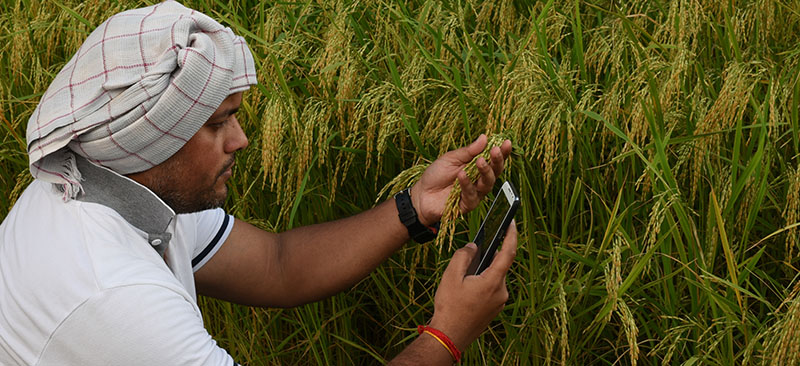In this video Yaw Nyarko, Professor of Economics at New York University and Director of NYU Africa House talks about the particulars of the research for ‘Portfolios of the Poor’ and how the book will influence the development of new research trends. Yaw notes that the book treats poor as human beings who have same issues like rich people in their life. Yaw also emphasises that the survey methodology used for financial diaries has given important information for future research methodology.
Blog
Portfolios of the Poor: Expert Review 2
In this video Jonathan Morduch, co-author of “Portfolios of the Poor” and Professor of Public Policy and Economics at the NYU Wagner Graduate School of Public Service, and Managing Director of the Financial Access Initiative shares his opinion on what the book tells us about reimagining microfinance. He notes the importance of financial diary in capturing quality data in Bangladesh, India and South Africa. Jonathan notes that the book reveals what was otherwise ignored by economists. Highlighting the benefits of financial diaries, he says that it propagates simple methods like focused and open-ended way of looking at problem and act as specific guide for action.
Portfolios of the Poor: Expert Review 3
“In this video Jonathan Morduch, co-author of “Portfolios of the Poor” and Professor of Public Policy and Economics at the NYU Wagner Graduate School of Public Service, and Managing Director of the Financial Access Initiative tells one of the most important information revealed by the book is the they way how people use loans. The book reveals poor people use loans not only to expand business but also for fulfilling general purposes such as education, health, food etc. Jonathan says this revelation would lead to newer generation of financial services or products that would address these problems in an effective way.
Portfolios of the Poor: Grameen-2 – A Success Story
In this video series-4 answering Graham A.N. Wright of MicroSave, Stuart Rutherford, talks about SafeSave, Buro and particularly Grameen 2 in Bangladesh who have developed financial products that addresses the three main problems the poor face to manage money: managing money on daily basis, money for handling emergency and building large sums of money for future.
Portfolios of the Poor: Financial Products
In this video series-3, Stuart Rutherford, co-author of “Portfolios of the Poor” talks about the financial products that poor people need from MFIs. He also describes the behaviour of people in managing daily expenses when income is irregular and their vulnerability to emergencies.
Portfolios of the Poor: Key Lessons
In this video series-2, taking the conversation further with Graham A.N. Wright, Stuart Rutherford, co-author of “Portfolios of the Poor”, shares the key lessons of the book in terms of poor people’s financial behaviour. Informing that poor people lead complex financial lives basically not only due to meager but irregular income. Sharing his research work in Bangladesh, India and South Africa, he opines that poor people can certainly save and he talks about various saving mechanism poor employ such as clay piggy bank, under the mattress etc. He further talks about group savings and pool savings as well.




